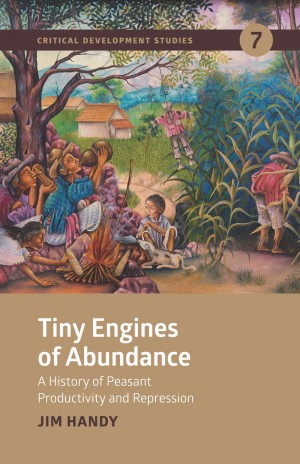| Author(s) | |
|---|---|
| Publisher | |
| Publication Year |
Tiny Engines of Abundance
A History of Peasant Productivity and Repression
This book provides a historical and comparative perspective of peasant productivity using case studies portraying the extraordinary efficiency with which English cottagers, Jamaican ex-slaves, Guatemalan Mayan campesinos, Nigerian hill farmers and Kerala hut dwellers obtained bountiful and diversified harvests from small parcels of land, provisioning for their families and often local markets. These stories provide us with pictures of carefully limited needs, of sustainable livelihoods and of resilient self-reliance attacked relentlessly and mercilessly in the name of capital, progress, development, modernity and/or the state.
For two hundred years we have been told that the hundreds of thousands, or millions, or billions of hungry mouths require that peasants be dispossessed to allow more industrious farmers to feed them. This book helps make it clear how wrong we have been. Handy’s approach is original, and the book will engage people interested in the history of the peasantry, rural development, and the quest for food sovereignty.







